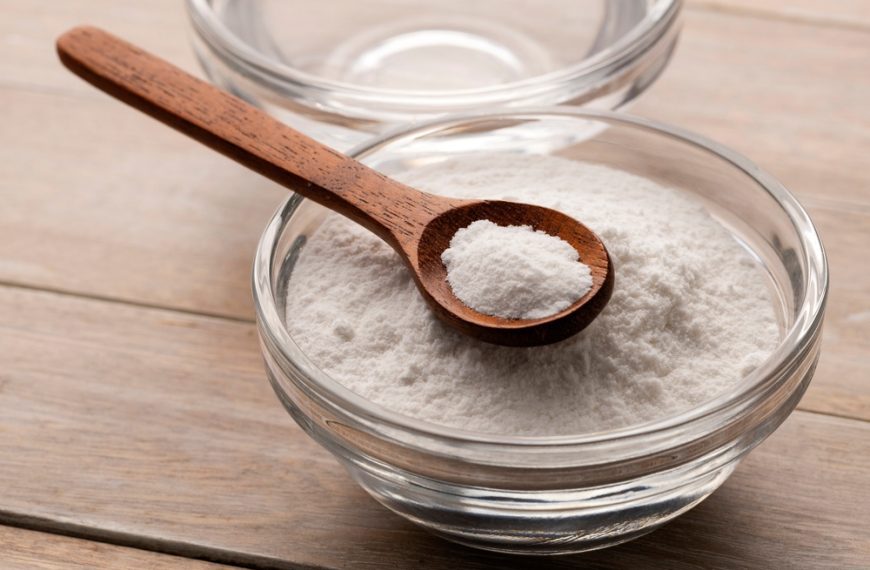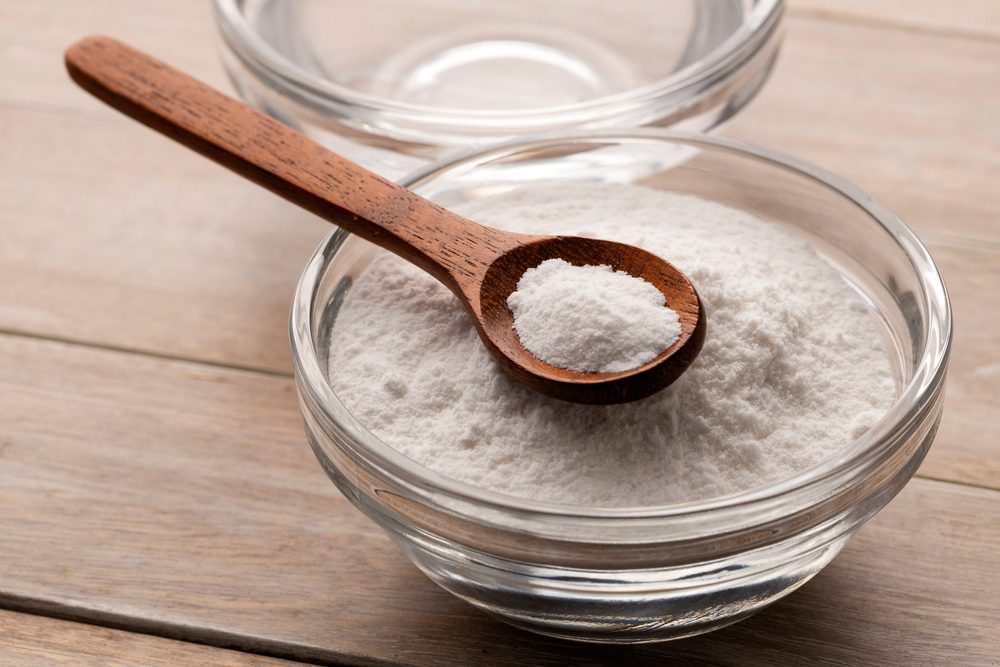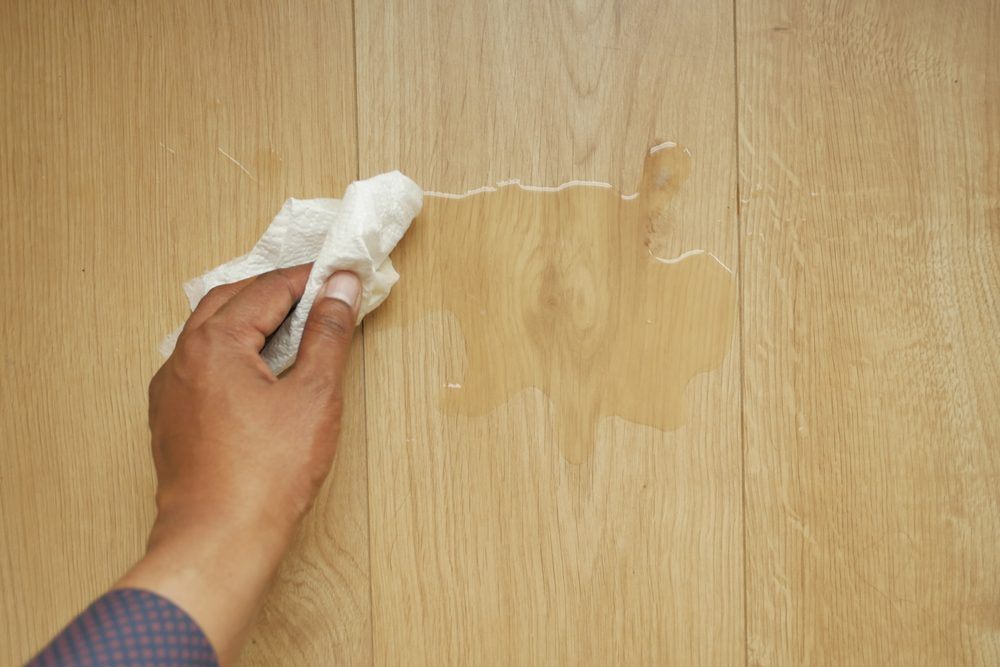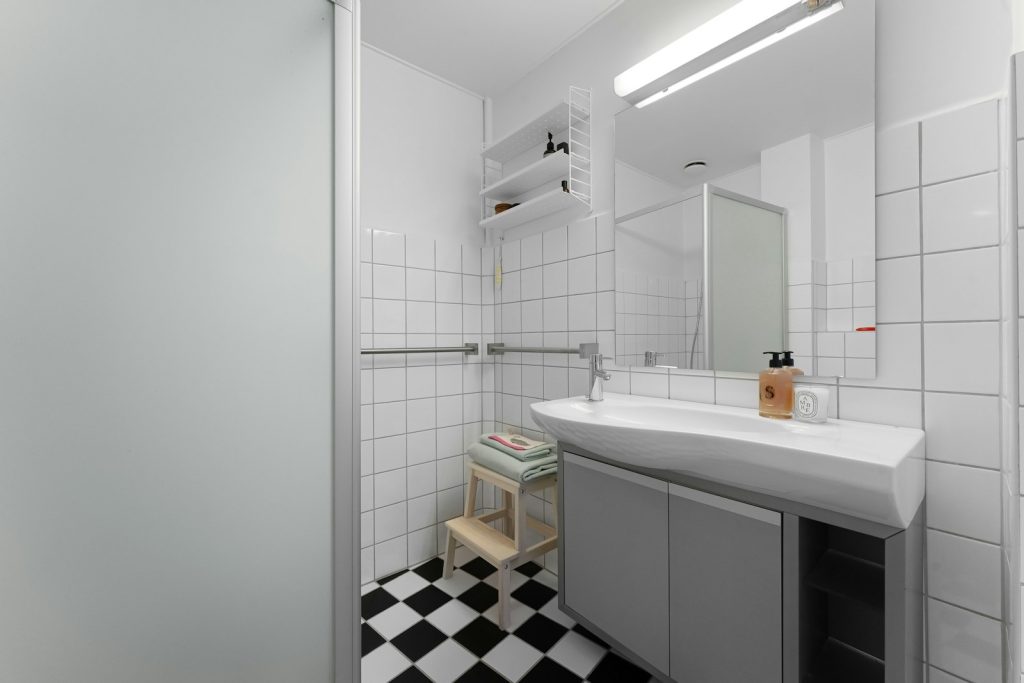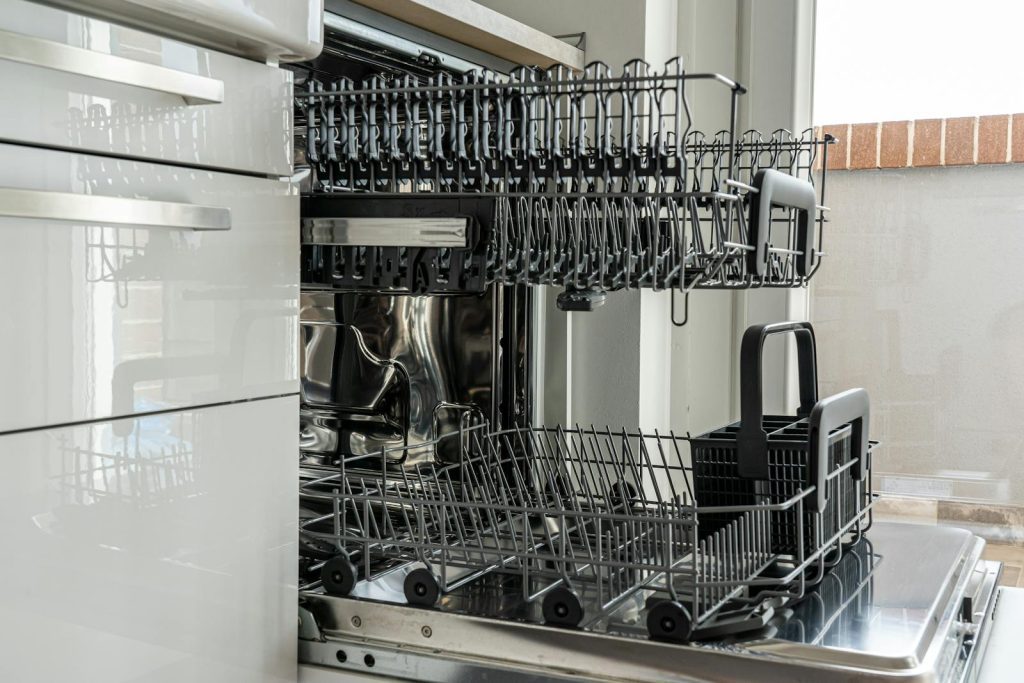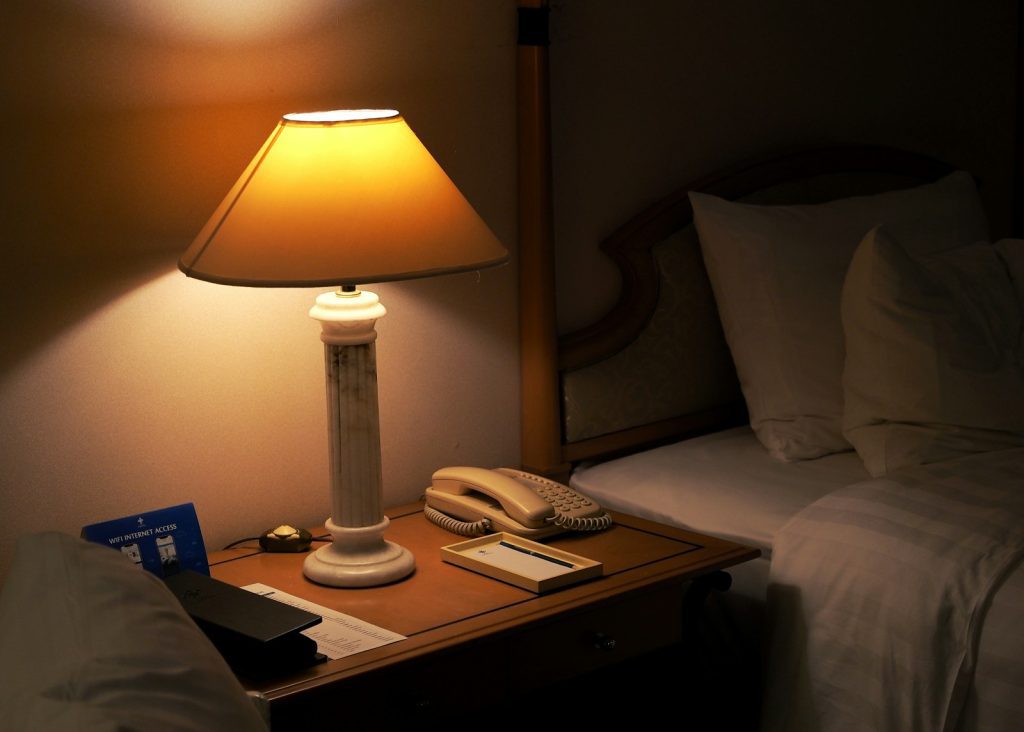Collecting hobbies can often pay off in the long run, and Hot Wheels cars are no exception to this trend. With the increasing value of vintage toys and the nostalgia-driven market, now is the perfect time to dust off your old storage boxes and dig out those miniature racing car treasures. They might be worth more than just childhood memories.
This list is based on real-world trends, data from auctions, and expert interviews. It highlights the top 12 Hot Wheels cars that are worth more than you might expect. Expect a journey through the world of vintage Hot Wheels, discovering the reasons behind their high value and why collectors are scrambling to add them to their collections.
1. 1968 Custom Camaro

The 1968 Custom Camaro is the first Hot Wheels car ever produced, making it a highly sought-after item for collectors. It was initially overlooked due to its common production, but its rarity today makes it precious.
Collectors look for early “Sweet 16” traits: Spectraflame colors, deep-dish redline wheels, and country-of-origin differences (Hong Kong vs. U.S. bases). Interior color, window tint, and subtle casting tweaks can swing value dramatically—unpolished paint, crisp glass, and unplayed bases command the strongest prices.
Today, this model’s value has skyrocketed due to its historical significance in the Hot Wheels line. Collectors are paying a premium price for this piece of Hot Wheels history. An excellent condition 1968 Custom Camaro can fetch up to $3000 in auctions, as noted in this official Mattel announcement.
2. 1970 Ed Shaver Custom AMX

The 1970 Ed Shaver Custom AMX is a Hot Wheels car that was exclusively available as a mail-in offer in the UK. Its limited availability and unique packaging have made it a treasured find for many collectors.
Original examples often show factory-applied racing graphics and a distinctive blue finish. Because many were actually played with, finding sharp tampo printing, bright chrome, straight axles, and clean wheel hubs adds a premium. Provenance—mail-in paperwork, baggies, or period adverts—can further boost desirability.
As international collecting has grown in popularity, so too has the demand for this rare model. A mint condition Ed Shaver Custom AMX can fetch a significant sum on the collector’s market today. Learn more in the On Line Redline Guide.
3. 1968 Over Chrome Mustang

The 1968 Over Chrome Mustang is a prototype that was never released for public sale, making it one of the rarest Hot Wheels cars out there.
These “overchrome” pieces—often created for promotions, photography, or salesman samples—wear ultra-bright finishes that chip easily. Authenticity matters: period-correct wheels, base details, and assembly telltales separate true prototypes from later refurbs. Experienced collectors favor documented examples with stable, uniform chrome.
Its rarity and unique over-chrome finish have driven strong collector interest—see the hobbyDB entry.
4. 1971 Purple Olds 442

The 1971 Purple Olds 442 is iconic for its vibrant color and intricate design.
Purple Spectraflame is notorious for edge wear and tone shifts, so strong paint, clear windows, and bright base plating are key. Wheel alignment, hood fit, and sharp body lines help distinguish high-grade examples; late redline-era cars can also show subtle wheel variations that affect desirability.
Background and color rarity are covered here: On Line Redline Guide – Olds 442.
5. 1974 Blue Rodger Dodger

The 1974 Blue Rodger Dodger stands out for its color and muscle-car attitude.
From the Flying Colors era, the casting’s blown engine, stance, and graphics make it a display favorite. Look for glossy enamel, strong chrome on the motor, and unbent axles. Wheel type (blackwalls, 5-spokes, or variations by issue) and country of manufacture can nudge values up or down.
Today, the Blue Rodger Dodger is a hot ticket item for collectors due to its rarity and the nostalgia associated with its era. See the hobbyDB catalog entry for the 1974 Blue Rodger Dodger.
6. 1969 Pink Rear-Loading Volkswagen Beach Bomb

The 1969 Pink Rear-Loading Volkswagen Beach Bomb is among the rarest Hot Wheels ever made, with limited production due to design issues.
Key tells include surfboards loading through the rear, a narrower body, and balance quirks that led to the later side-loader redesign. Because of high values, authentication is crucial: base markings, axle lengths, and period-correct parts should be scrutinized, ideally with third-party verification.
Read more in this PBS overview of the most valuable Hot Wheels.
7. 1970 Red Baron with White Interior

Known for its distinctive helmeted design, the Red Baron is a perennial favorite—and the white-interior version is especially coveted.
Check the spike, helmet decals, and plating wear on the helmet “dome.” White interiors show dirt and discoloration quickly; clean examples paired with bright Spectraflame paint and straight axles bring top dollar. Be wary of swapped interiors or restored bodies in the premium tier.
See where it ranks among high-value castings in Car and Driver’s list.
8. 1972 Purple Spectraflame Bye Focal

Vibrant color and tricky zinc-alloy “crumbling disease” make this casting notable—and purple is notoriously tough.
The show-rod styling with aggressive stance and bold glass makes paint and plastic clarity paramount. Inspect for stress fractures around posts, windshield haze, and wheel wear. Crisp, even purple with minimal edge rub distinguishes the few surviving high-grade examples.
Rarity notes here: On Line Redline Guide – Bye Focal.
9. 1977 White Z-Whiz

The White Z-Whiz pairs clean graphics with a beloved Datsun casting and remains a collector favorite.
Because white enamel shows every nick, top specimens feature glossy paint, intact “Z-Whiz” tampo, and bright, round chrome on hubs. Carded examples are rare and command a premium; loose, near-mint cars still attract strong bidder interest when graphics are sharp.
Explore variants and values via the hobbyDB catalog entry for the Z-Whiz.
10. 1983 Real Riders Series

The 1983 Real Riders Series introduced rubber tires to the line and kicked off a long-running specialty segment for Hot Wheels.
Rubber tires add realism but can dry, crack, or be swapped—originality matters. Blister cards with clean seals, unfaded cards, and correct wheel/tire combos push prices up. Loose cars with unflattened tires, bright chrome, and unscratched glass also do well with today’s nostalgia-driven buyers.
Lineup and release info: South Texas Diecast – Real Riders guide.





